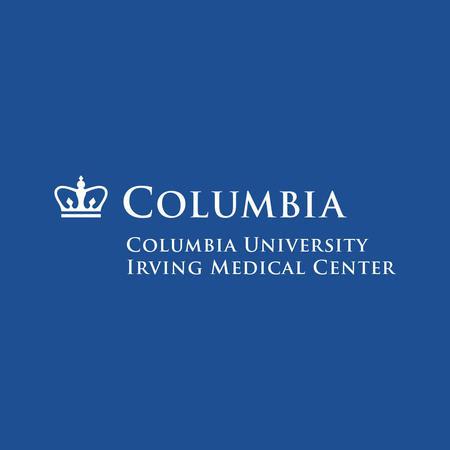Karan Dua, MD

Karan Dua, MD is an Orthopedic surgeon specializing in the treatment of structures affecting the form and function of the entire arm.
Karan is a Brooklyn native, and a proud member of the New York community. After earning his Doctorate of Medicine (MD) from Stony Brook University School of Medicine, he completed an Orthopedic Surgery Residency at Downstate Medical Center in Brooklyn, NY.
He has dedicated his career to studying and training in the surgical management of the Upper Extremity. He first completed a Hand, Upper Extremity, and Microvascular Surgery Fellowship at Rush University Medical Center in Chicago, IL. Upon completion, he trained at Harvard Medical School for his Shoulder and Elbow Fellowship at Massachusetts General Hospital in Boston, MA.
Karan is on the forefront of researching and designing innovative, novel surgical techniques for reconstructing the arm. He has an avid interest in open and arthroscopic tendon transfers of the shoulder, complex reconstructions after failed surgery, arthroscopic and minimally invasive techniques for nerve decompression including the brachial plexus and around the shoulder blade, and tendon transfers for scapular winging.
Karan is a passionate researcher and writer. He has been awarded multiple research grants studying wrist and elbow reconstruction techniques, nerve gliding in the upper extremity, and continues to pursue these efforts at Columbia University. He has published over 30 peer reviewed journal articles, authored several book chapters in leading Orthopedic surgery textbooks, and presented his research at national and international conferences. Dr. Dua is a participating member of the American Academy of Orthopaedic Surgeons (AAOS), American Society for Surgery of the Hand (ASSH), and the American Shoulder and Elbow Surgeons (ASES).
Karan strives to help his patients achieve their functional goals and works rigorously to improve their experience. He strongly believes in incorporating new technologies to accomplish this, and works in a collaborative manner with his colleagues to create unique treatment plans that are specifically tailored to each patient. He continues to foster an inclusive care environment while developing meaningful relationships with the members of this community.
